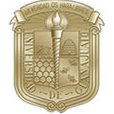Introduction to the University of Guanajuato:
Introduction: The University of Guanajuato is a public university with a long history and significant influence in Mexico. The main campus is located in Guanajuato City, and it has branches in 14 cities in the state.
Overview: The total number of students in the school is about 47,108, covering all levels from high school to doctoral level, of which more than 30,893 are studying for undergraduate, master's and doctoral degrees. The school offers 215 academic programs, including 117 graduate programs and 90 bachelor's degree programs.
History: The school's history can be traced back to the Holy Trinity Asylum, which was established on October 1, 1732, as an educational institution. On August 29, 1827, after the signing of the first constitutional government, the school was renamed the Immaculate Conception College and was under the government's charge. At that time, courses such as mining, law, painting, sculpture and architecture were opened. The library was established in 1831. In 1867, the school was renamed again as the National College of Guanajuato. In 1945, the school was renamed the University of Guanajuato, and on May 21, 1994, it was granted autonomy by the state legislature.
Establishment: Its origins can be traced back to 1732, and it officially became the University of Guanajuato in 1945.
School Strength: It has multiple campuses, each of which excels in different subject areas. For example, the Celaya-Salvatierra Campus has degree programs in health sciences, social sciences, administrative sciences, and engineering, and cooperates with organizations such as the Economic Commission for Latin America and the Caribbean to promote regional development. The León Campus is an important training site in the field of medicine, with a high reputation throughout the country, and its graduate programs are internationally recognized for academic quality and social responsibility. The school has also trained many outstanding talents, including former Mexican President Carlos Salinas de Gortari.
Institutional Nature: Public University. Educational philosophy: The school is committed to promoting the integrity of mankind through the growth, preservation and sharing of knowledge, while paying attention to protecting the environment and building a democratic, fair and free society.
Key laboratories and disciplines: The school is strong in many disciplines such as humanities, social sciences, and natural sciences. For example, history, literature, chemistry and other disciplines are ranked in the top 10 in Mexico. However, there is currently no public information that clearly indicates which outstanding key laboratories the school has.
Faculty: The Guanajuato campus has the Faculty of Architecture, Art and Design, the Faculty of Economics-Administrative Sciences, the Faculty of Natural and Exact Sciences, the Faculty of Social Sciences and Humanities, the Faculty of Law, Politics and Government, the Faculty of Engineering, etc.; the Irapuato-Salamanca campus has the Faculty of Life Sciences and the Faculty of Engineering; the León campus has the Faculty of Science and Engineering, the Faculty of Health Sciences, and the Faculty of Social Sciences and Humanities. In addition, the school also has a high school system, which is distributed in 10 schools in 10 cities in the state.
Ranking: Ranked 6th in the 2021 Mexican University Rankings. Not included in the QS World University Rankings 2021, it is ranked 1401st in the QS World University Rankings 2024.
Cost: Undergraduate tuition is about US$1,000-2,000 per academic year.
Campus environment: The campus is perfectly integrated with the city of Guanajuato. The main campus is located on Las Guarreñas-Retana Street, one block away from the Guanajuato Cathedral and next to the Guanajuato Museum of Art. The campus architecture is unique with a strong Spanish flavor. For example, the design of the main campus building is relatively unique and it also includes an important church. The school does not have a closed campus in the traditional sense, but is distributed in different locations in the city, with a strong learning atmosphere.
-

National Autonomous University of Mexico
-

Anahuac University of North Mexico
-

Universidad Autonoma de Guadalajara
-
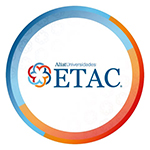
Universidad ETAC
-

Meritorious Autonomous University of Puebla
-

Technological University of Tulancingo
-

Metropolitan Autonomous University
-

Autonomous University of Sinaloa
-
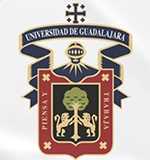
University of Guadalajara
-
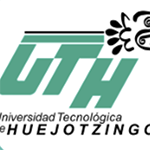
Technological University of Huejotzingo
-

Mesoamerican University
-

Istmo University
-
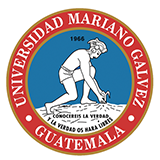
Mariano Galvez University of Guatemala
-
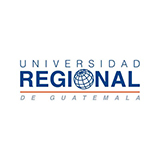
Regional University of Guatemala
-
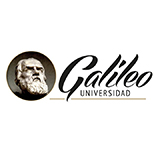
Galileo University
-

Francisco Marroquín University
-

Rafael Landívar University
-
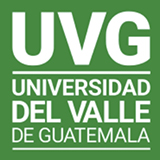
University of the Valley of Guatemala
-
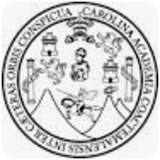
University of San Carlos of Guatemala
-

Technological Institute of Tlaxcala Plateau
-

Golfo University
-
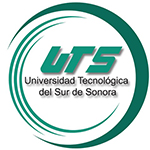
Technological University of South Sonora
-

Technological University of Huejotzingo
-

Tizimín Institute of Technology
-

Chilpancingo Institute of Technology

